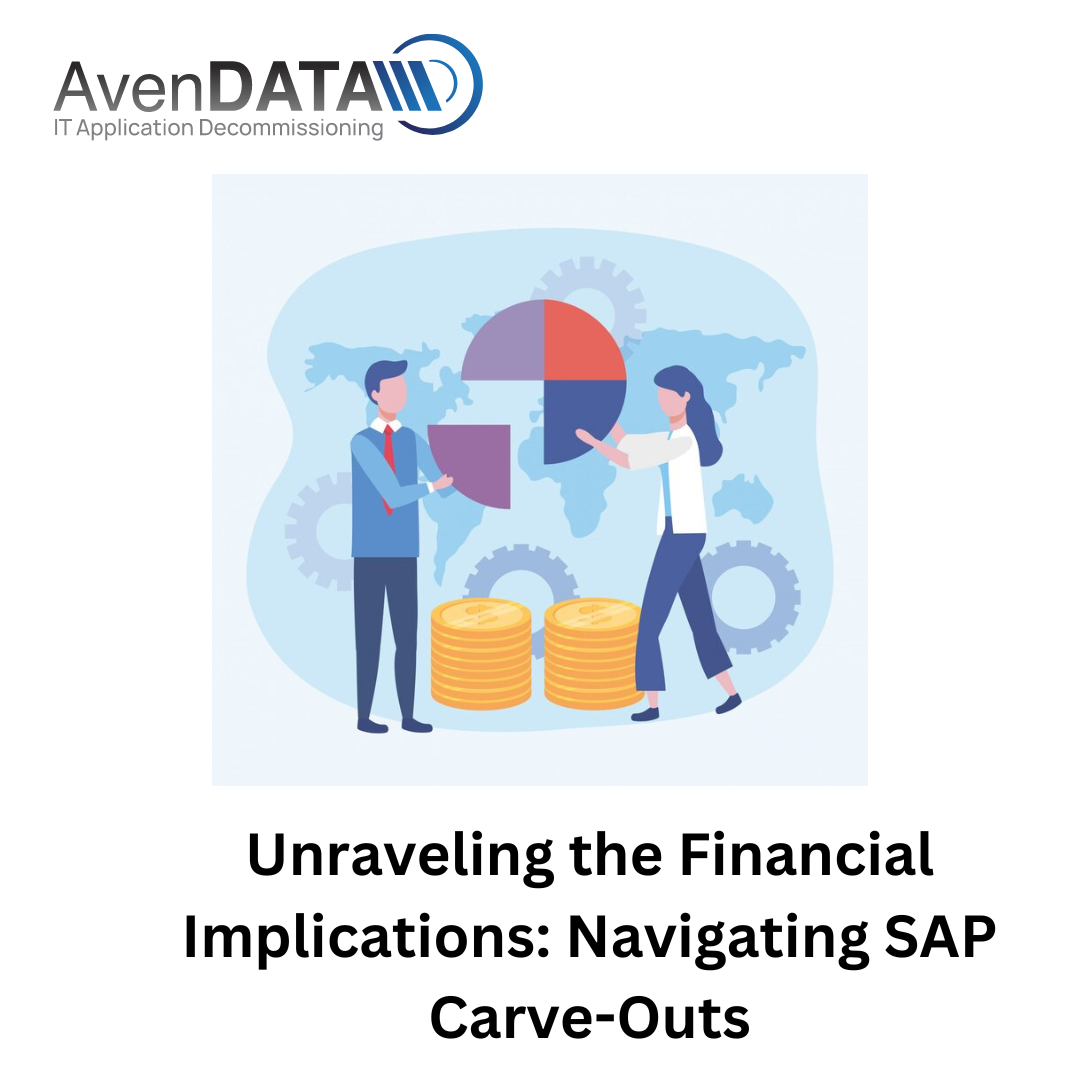Embarking on SAP carve-out initiatives involves intricate financial considerations that can significantly impact the success and sustainability of the endeavor. As organizations strive to separate specific business units or processes from their parent SAP environment, they must carefully evaluate the financial implications at every stage of the carve-out journey. From initial planning and due diligence to execution and post-carve-out optimization, understanding and managing the financial aspects is crucial for achieving desired outcomes while mitigating risks.
Initial Investment and Capital Allocation
One of the primary financial considerations in SAP carve-outs is the initial investment required to execute the transition successfully. This encompasses costs associated with planning, analysis, consulting services, software licenses, infrastructure setup, data migration, and change management. Organizations must allocate sufficient capital to fund these activities and ensure a smooth transition process. Moreover, they must accurately forecast and budget for potential contingencies to avoid cost overruns and delays during the carve-out.
Valuation and Asset Transfer
Valuation of assets and liabilities is a critical aspect of SAP carve-outs, as it determines the fair market value of the business unit or processes being separated. Organizations must engage financial experts to conduct thorough valuations of SAP systems, software licenses, intellectual property, customer contracts, and other tangible and intangible assets involved in the carve-out. Additionally, they must navigate complex accounting principles and regulations governing asset transfers to ensure compliance and transparency in financial reporting.
Cost Optimization and Operational Efficiency
Post-carve-out, organizations must focus on optimizing costs and enhancing operational efficiency to maximize the return on investment (ROI) from the carve-out initiative. This entails streamlining processes, rationalizing IT infrastructure, renegotiating vendor contracts, and leveraging economies of scale to reduce expenses. Furthermore, organizations should prioritize investments in technology and innovation to drive productivity gains, accelerate time-to-market, and gain a competitive edge in the marketplace.
Revenue Generation and Growth Opportunities
While SAP carve-outs involve significant upfront costs, they also present opportunities for revenue generation and growth in the long term. By divesting non-core assets or underperforming business units, organizations can unlock value and reallocate resources to strategic initiatives that drive growth and innovation. Moreover, carve-outs enable organizations to focus on their core competencies, pursue new market opportunities, and expand their footprint in target industries or geographic regions.
Conclusion
In conclusion, navigating the financial implications of SAP carve-outs requires a strategic approach and meticulous planning to ensure a favorable outcome. By carefully assessing initial investment requirements, conducting thorough valuations, optimizing costs, and capitalizing on growth opportunities, organizations can maximize the financial benefits of carve-out initiatives while minimizing risks. Moreover, by aligning financial objectives with broader business goals and objectives, organizations can position themselves for long-term success and sustainability in an increasingly competitive marketplace.





Comments